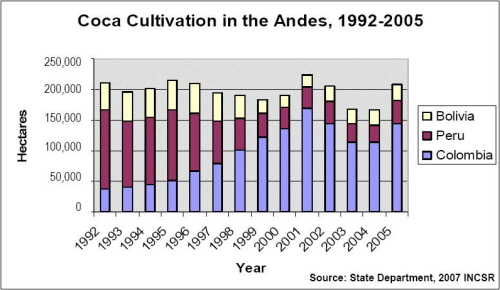Latest
Why Does DEA Teach Meth-Cooking to the Public?
This is just bizarre. I swear, every time I think I'm on the verge of understanding what motivates these people, they find increasingly strange ways to waste our money:
Cooking methamphetamine takes only a few hours and requires simple household ingredients, like striker plates from matchbooks, the guts of lithium batteries, drain cleaner.
"It's pretty gross," said Matt Leland, who works in career services at the University of Northern Colorado and who recently helped cook the drug in a lab. "If someone was truly interested in manufacturing meth, it would not be that hard."
The Drug Enforcement Administration invited Leland and other citizens - such as software engineers, a teacher, a pastor and a school principal - to make methamphetamine last week in a lab at Metropolitan State College of Denver. [Denver Post]
Ok. We understand that DEA is teaching private citizens how to manufacture meth, but why? Why the hell would they do that?
The class was held as part of the DEA's first Citizens Academy in order to give the public a close-up view of what the agency does to keep drugs off the street.
That's interesting, and I'm eager to attend, but it doesn't answer the question because cooking meth isnât part of DEA's job at all. Their job is, of course, to stop people from cooking meth, which has now become the precise opposite of what they're doing.
The whole thing is mindlessly indulgent when you consider that no one really needs a chemistry lesson to infer that the constant explosions at their crazy neighbor's house might explain why he has so many strange visitors.
If you're gonna teach meth-cooking, teach it to immigrant store clerks before you arrest them for naively selling household items to undercover narcs.
Scared Tolerant
Web Scan: People We Know
Ponder This Graph for a Moment, Please
 (graph from WOLA/AIN memo, link below)
(graph from WOLA/AIN memo, link below)Pagination
- First page
- Previous page
- …
- 1137
- 1138
- 1139
- 1140
- 1141
- …
- Next page
- Last page